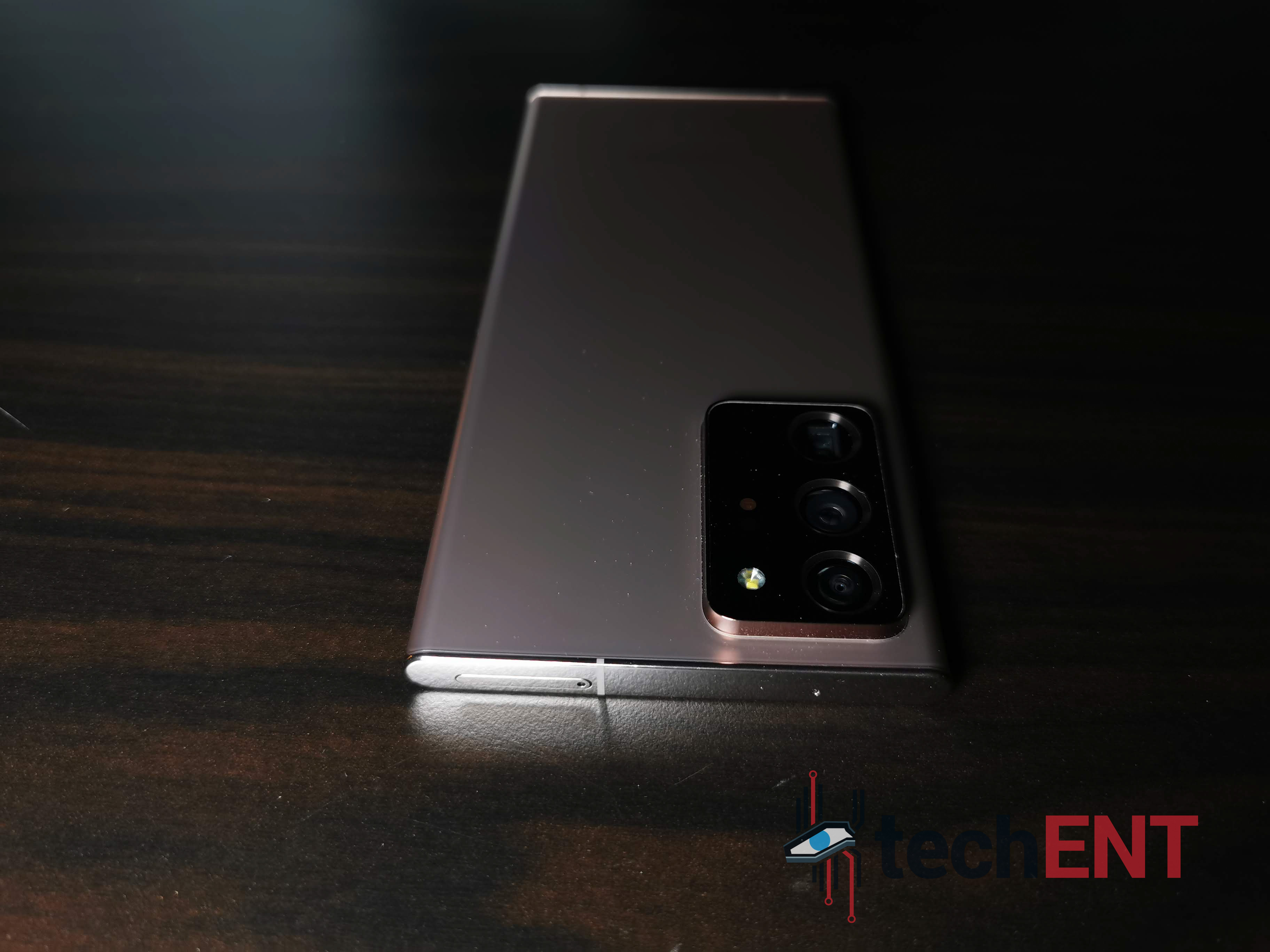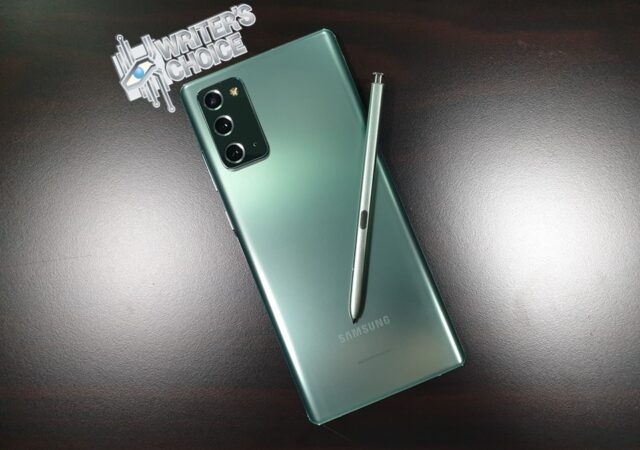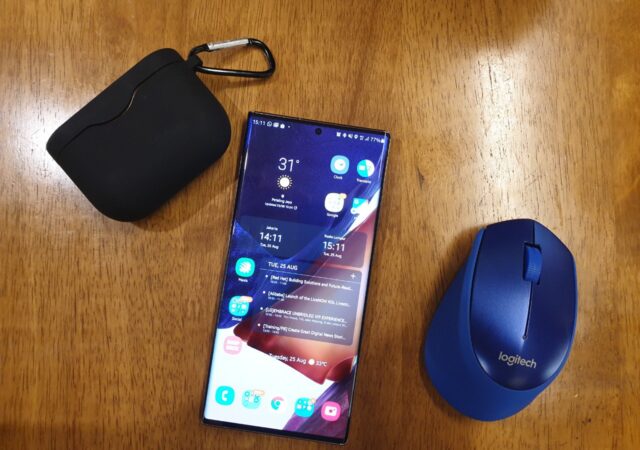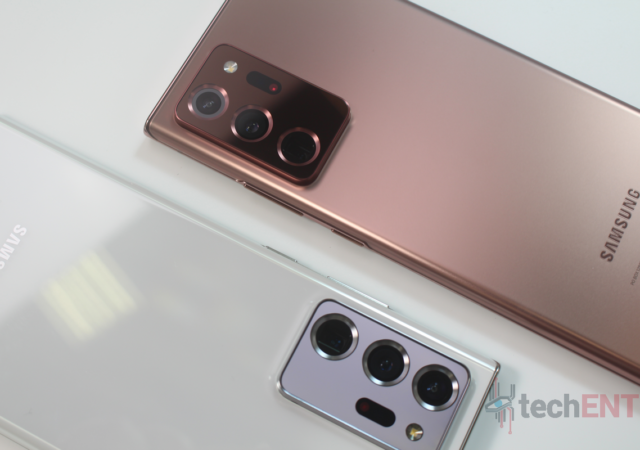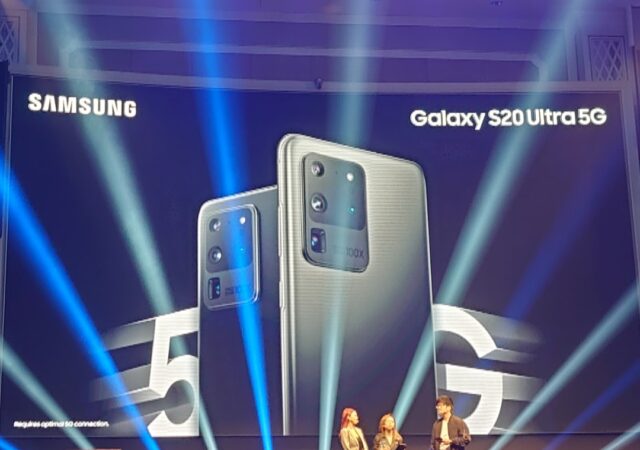The Samsung Galaxy Note20 Ultra is Samsung’s iteration of the ultimate flagship smartphone. Is it worth MYR 5,199 though? We find out.
Samsung Galaxy Note20 5G In-Depth Review – The One You Should Get
We reviewed the Samsung Galaxy Note20 and we liked it. We think this should be the Galaxy Note to buy at MYR 4,299.
24 Hours with The Samsung Galaxy Note20 Ultra
Samsung launched their Galaxy Note20 Ultra last week and we got our hands on one and this is what we have to report after 24 hours.
Galaxy Note20 Series Refines Samsung’s Experience for the New Normal
Samsung brings its Galaxy Note series into the future with the all new Galaxy Note20 Series. The power packed Note devices take aim at being even more productive on the go.
Samsung Galaxy S20 Series Hits the Malaysian Market on 6 March 2020
The Samsung Galaxy S20 series was officially unveiled in San Francisco on 10 March 2020. At the event, Samsung unveiled 3 new devices spearheaded by the Galaxy S20 Ultra which brings a whole lot of new features including an 108-megapixel…



